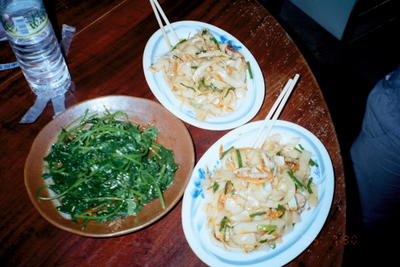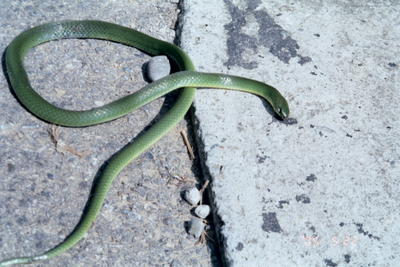Buying books from China
I found the site www.cp1897.com.hk, an online store for Hong Kong's Commercial Press, which allows payment by credit card on a secure web page. For the Chinese books that I ordered, the site predicted 15-30 working days were needed to send the books. After 43 days, which is just over 30 working days, they informed me that two of the books I ordered are ready to be shipped, I just need to reconfirm my credit card information by email. No mention was made of the four other books I ordered. By asking them nicely, they told me that I could confirm the credit card information on a secure web page, but they ignored my question about the other books. So, I continued waiting. Two months after placing the order, they reported that the publisher has no stock of the four remaining books. I asked them why it took two months to tell me that the books are out of stock. They replied politely as follows.
We have tried our best to source the books outside the Guangdong province for you. You probably know, Hong Kong is very far from Guangdong province. We picked through mountains of books searched for your order. However, due to the shortage of the stocks, we regretted to inform you that we could not fulfill your order. So, we inevitably cancel it. We apologize for any inconvenience caused. But frankly speaking, we looked very hard for two months and are tiredPerhaps that wasn't the exact email, but I think it captures the spirit. I am sure the two books that were in stock will be sent speedily, once they remember to send them.
and you should not expect too much. For better service, please order books that are in stock.
Sensing that this transaction was going nowhere, I checked my other options. Taiwan's biggest seller of Mainland books, online at www.waterlike.com.tw, accepts special orders from members. You can become a member by spending NT$2000 at the store, or you can place an order without becoming a member for orders of at least NT$3000. Their rates are roughly a 50% markup from the original price, which is reasonable, considering that the cover prices are dirt cheap. It is supposed to take 45-60 days to receive an order.
Typing in www.books.com.cn brings you to www.dangdang.com. They allow payment by Paypal and credit card. Their markup for overseas shipping is 50%. I would try ordering here if I they had the books I am looking for.




